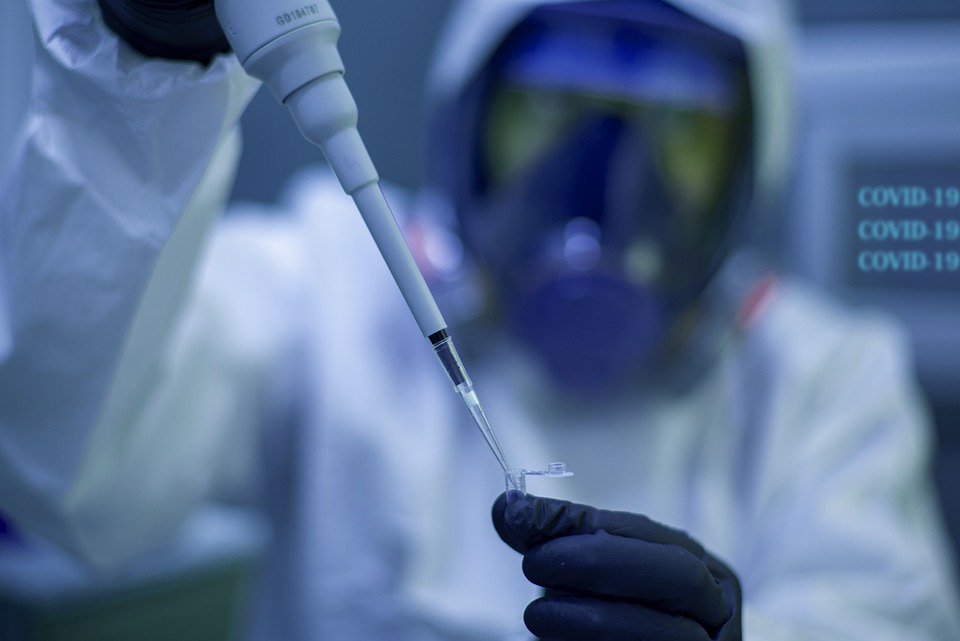Covid-19, new Omicron sub-variant BA.2 arrives in Canada

TORONTO – While there are signs that the wave of the Covid-19 strain Omicron has peaked in some parts of the world, including Canada, scientists’ attention is now focused on the sub-variant of Omicron BA.2 that is spreading rapidly to at least 47 countries. Infections due to this SUB-variant BA.2, designated “variant under investigation” by the U.K. Health Security Agency (UKHSA), are increasing not only in Canada but also in India, the United Kingdom, France, Denmark, Sweden, Australia and Singapore.
A variant, this, which represents a new threat: according to data from cov-lineages.org there are a total of over 10 thousand cases reported in the world. So far, according to information from the Public Health Agency of Canada (PHAC) 51 infections of the BA.2 variant have been detected in Canada mainly by international travelers. “The virus is multiplying so much now globally that a new variant will appear and there are already under variants related to the Omicron strain – said Dr. Horacio Bach, infectious disease expert at the University of British Columbia – the Omicron variant of interest, B.1.1.529, has four sub-variants: BA.1, BA.1.1, BA.2 and BA.3”.
“All viruses mutate and have sub-variants that have a different genetic makeup than the original strain but have a common origin,” said Levon Abrahamyan, a virologist at the University of Montreal. So far globally, according to the World Health Organization (WHO), BA.1 accounts for the vast majority of Omicron cases.
“The BA.2 lineage has many similarities with BA.1 but shows differences, including some mutations that can affect transmissibility, detection and perhaps immune escape,” said Anne Genier, a spokesperson for the PHAC.
In Denmark, BA.2 cases are increasing rapidly and account for almost half (45%) of all Omicron cases in the country while Norway saw a spike from seven detections on January 4 to 611 on January 19. “This variant of the Omicron virus is growing strongly compared to the original Omicron virus, BA.1 – said the Norwegian Institute of Public Health – the properties of the virus are not known apart from the fact that it is more contagious than BA.1”.
However, experts say more research is needed to better understand how much more transmissible this sub-variant is than the original Omicron. “It seems to be infecting more aggressively than normal Omicron, but it’s still too early to tell, if it’s more transmissible, the more fragile population will be more affected,” he added.
BA.2 has been dubbed the “invisible” Omicron by some scientists because its genetic make it harder to track in a polymerase chain reaction (PCR) test. Abrahamyan said it’s not uncommon for PCR tests to miss infection or present a false negative, which may be due to the number of domains in the SARS-CoV-2 genome he’s trying to detect.
Omicron infections currently make up more than 90% of recent cases in Canada and almost all of them are BA.1. But BA.2 infections accounted for about one percent of the infections reported in early January, up from a mere 0.2 percent in late December.



